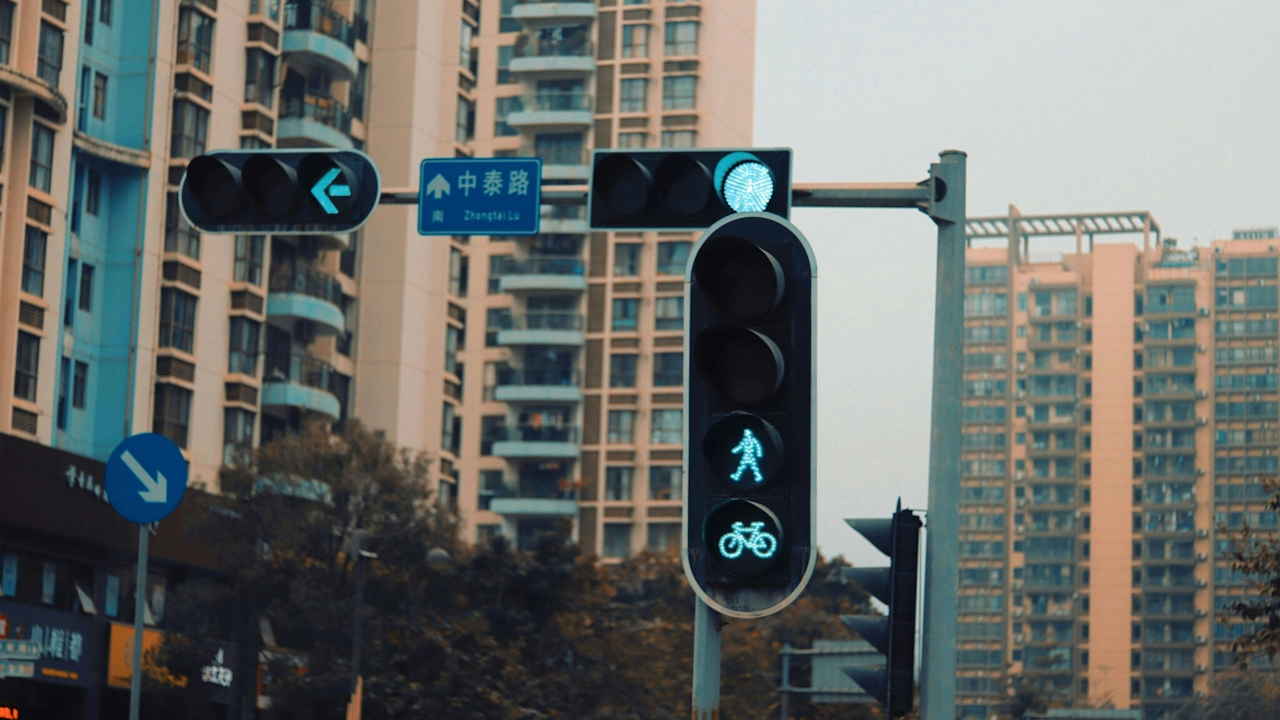The urban landscape is undergoing a profound transformation, and by 2025, cities are increasingly becoming “smarter” through the seamless integration of technology. Facing challenges like rapid population growth, climate change, and the need for more efficient services, urban areas are leveraging cutting-edge innovations to become more sustainable, resilient, and inclusive places to live.
The Technological Backbone of a Smart City
At the heart of this revolution is a sophisticated interplay of technologies that form the nervous system of the city.
- Internet of Things (IoT) and 5G Connectivity: Billions of IoT devices, from sensors in traffic lights to monitors in waste bins, are collecting and transmitting data in real time. This massive data stream is enabled by the low latency and high bandwidth of 5G networks, which are crucial for applications like autonomous vehicles and real time video analytics.
- Artificial Intelligence (AI) and Data Analytics: AI acts as the city’s decision engine, processing the vast amounts of data collected by IoT devices. AI algorithms are used for everything from optimizing traffic flow and managing energy consumption to predicting infrastructure maintenance needs and enhancing public safety. This allows city administrators to move from reactive to predictive governance.
- Digital Twins: These are virtual replicas of cities, created using real-world data. Digital twins allow urban planners to simulate and test the impact of new developments, from a new building to a citywide flood management system. They provide a risk-free environment to optimize city services and make data-driven decisions before implementing them in the physical world.
Key Trends and Innovations in 2025
Several key trends are shaping the future of smart cities this year.
- Sustainable Urban Planning: With climate change a pressing concern, smart cities are prioritizing sustainability. Technologies are being used to monitor air quality and noise pollution, manage water resources more efficiently, and optimize energy distribution through smart grids. Cities like Rotterdam are developing urban data platforms to visualize and reduce energy consumption, while others are focusing on adapting to extreme weather events with IoT-enabled flood monitoring systems.
- Smart Mobility: The daily commute is being revolutionized by technology. Integrated systems connect public transport with micro-mobility solutions and ride-sharing services. AI-driven traffic management systems use real time data to reduce congestion and emissions. This trend also includes the continued development of autonomous and semi-autonomous vehicles, which are expected to make transportation safer, more efficient, and more accessible.
- Enhanced Public Safety and Security: Technology is being deployed to create safer urban environments. AI and video analytics are used for faster incident response, while predictive policing models leverage data to anticipate and prevent crime. Drone technology is also being used for aerial monitoring during emergencies, complementing ground-level operations.
- Digital Citizenship and E-governance: Governments are rolling out new digital solutions for civic engagement and identity verification. This includes online portals for applying for permits, paying taxes, and accessing welfare payments. These tools aim to make city services more accessible and efficient for residents.
Real World Examples in 2025
The concepts of smart cities are not just theoretical, they are being implemented around the globe.
- Toyota’s Woven City in Japan: This prototype city is a “living laboratory” where autonomous vehicles, robotics, and smart home technologies are being tested in a real-world setting.
- Helsingborg, Sweden: This city has installed a network of sensors to monitor everything from shared bicycle locations to available parking spaces, and has developed a digital crime fighting tool called the Incident Map.
- Xiongan, China: This new municipality is being built with a digital twin, a virtual counterpart that can be monitored and simulated to optimize performance and ensure the city is sustainable.
By 2025, smart cities are no longer just a futuristic vision. They are a reality, driven by a combination of connected technologies that are helping urban areas become more efficient, sustainable, and responsive to the needs of their citizens.

